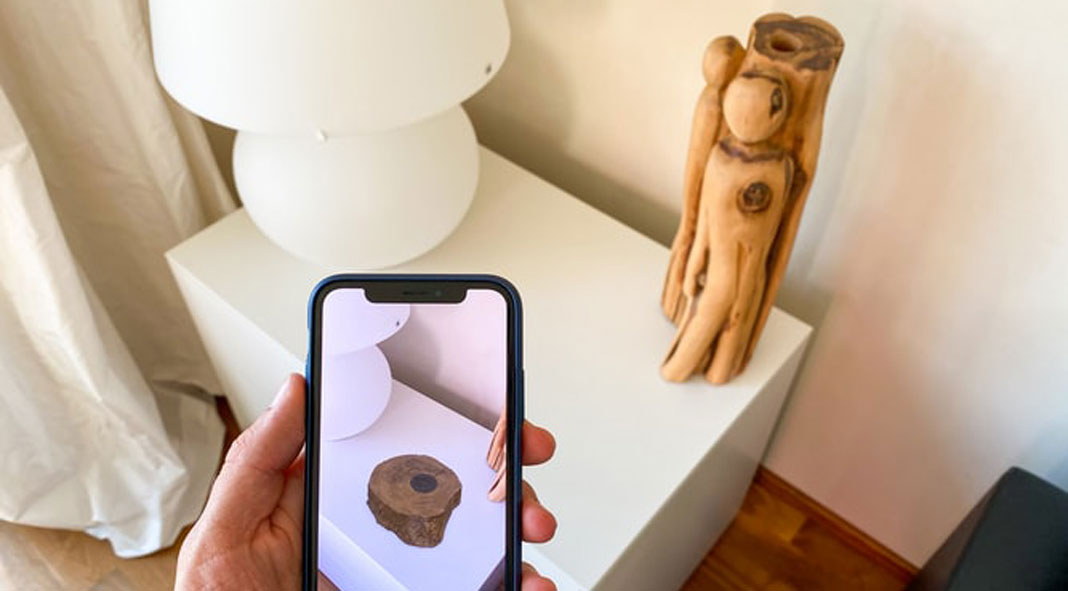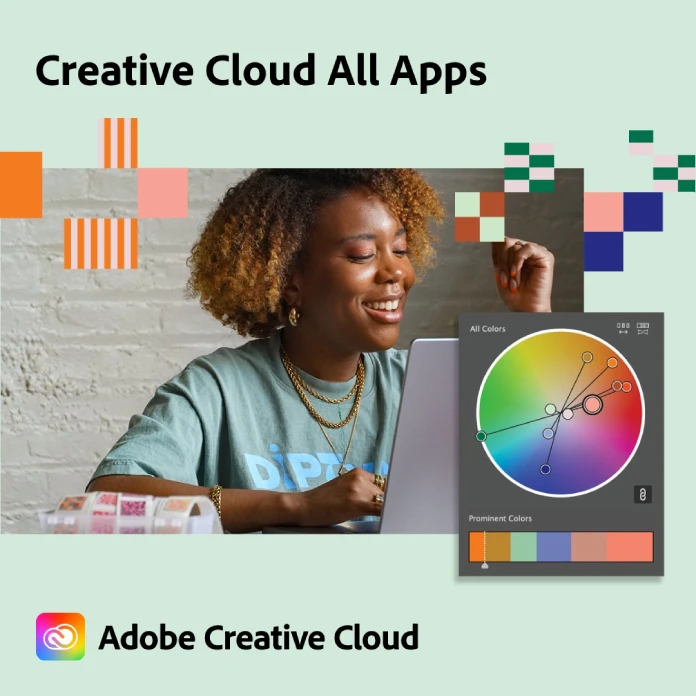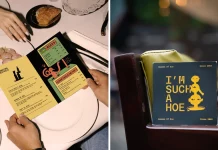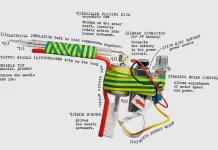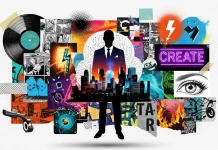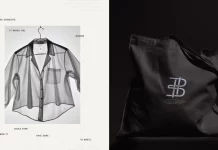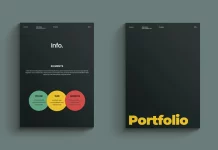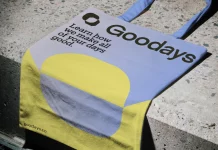People are finding new ways to create, collect, and view art. For example, creative professional Dirk Koy made an interactive video that lets you explore the city of Zurich, Switzerland remotely… but with a twist. Zurich 2.0 is an elaborate artwork that draws you into a dreamlike city, where shapes come and go, eventually dissolving into abstraction the further you walk. This was made possible with the use of virtual reality (VR) technology.
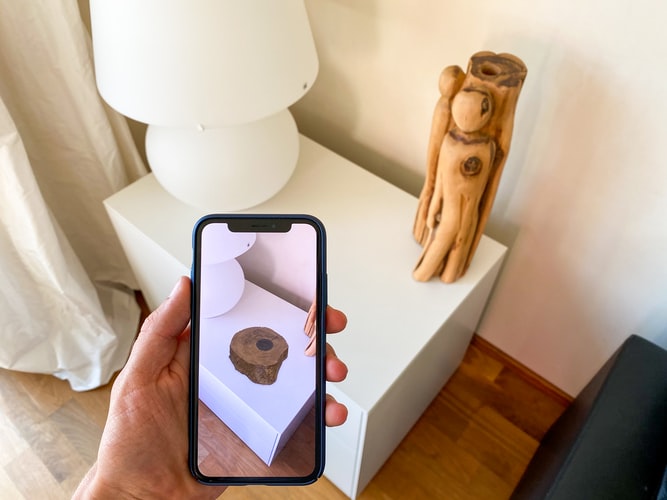
Similarly, another tech gaining traction in the arts and design industry is augmented reality (AR). It’s very different from VR as it brings elements of fiction into reality, rather than the other way around. Integrated circuit technology has enabled tiny supercomputers to be placed inside compact mobile phones and other gadgets. Manufacturers focused on the power delivery system aspect of these circuits to address the requirements of multiple voltages. As a result, these devices can load heavy graphics, on top of camera detection, without draining the battery too much. This has presented people the opportunity to create long AR galleries, for example, or run design software for hours. Today, we’ll be taking a look at some of AR’s applications in the creative industry.
Turning museums into a digital playground
Looking at art is fascinating, but AR can take that a step further by introducing elements that can only be visible with AR-enabled gadgets. For example, have seen you the digital art gallery “Hello, We’re From The Internet” in the Museum of Modern Art (MoMA)? If you enter the Jackson Pollock room with the MoMA app, you can point your mobile device at seven of his paintings and see a “hidden layer” on top of each one. From seeing a Windows “corrupted image detected” pop-up to playing entire minigames, AR has provided a new and exciting way of looking at classic art.
There are also exhibits in The National Museum of Singapore and The Art Gallery of Ontario that have this kind of experience.
Using AR as the sole art medium
While AR can be used to make existing artwork more interesting, it can also be used as the main art platform. The best example of this would be Hito Steyerl’s Serpentine Gallery project. This German artist has two tools for them—the Actual Reality app and Power Plant app—depending on the gallery you visit. Art critic Adrian Searle visited one exhibit when it was in the UK, and was left pleasantly surprised by what AR was able to convey with just a few objects. She called it “a gigantic conceit, a meta-fiction” for creatively weaving this narrative of a bleak, digitized future.
Other AR artists like Heather Smith and Andrew Wilson are some of the notable names that use this unique medium.
Visualizing interior and architectural designs
Aside from artworks, AR is also being used by designers to preview their designs before the spaces are given a makeover or infrastructure is built. AR Sketchwalk is a very popular tool for this, as it allows designers to layout their designs on a separate software and later “walk” themselves through it.
Walls and panels, for example, can be built with the 3D slider. To gain a better sense of the environment, designers can even deploy a multiplayer feature where their device can detect nearby smartphones with the Morpholio Trace app installed, and include them in the walkthrough. With AR, you’re able to “interact” with the objects on a real-life scale, giving you the most accurate representation of paper designs.
AR can be used in many innovative ways as long as the creative professional understands how the technology works and the vision they want to realize. It’ll be interesting to see what they come up with in the future to use AR to forward art and design.

